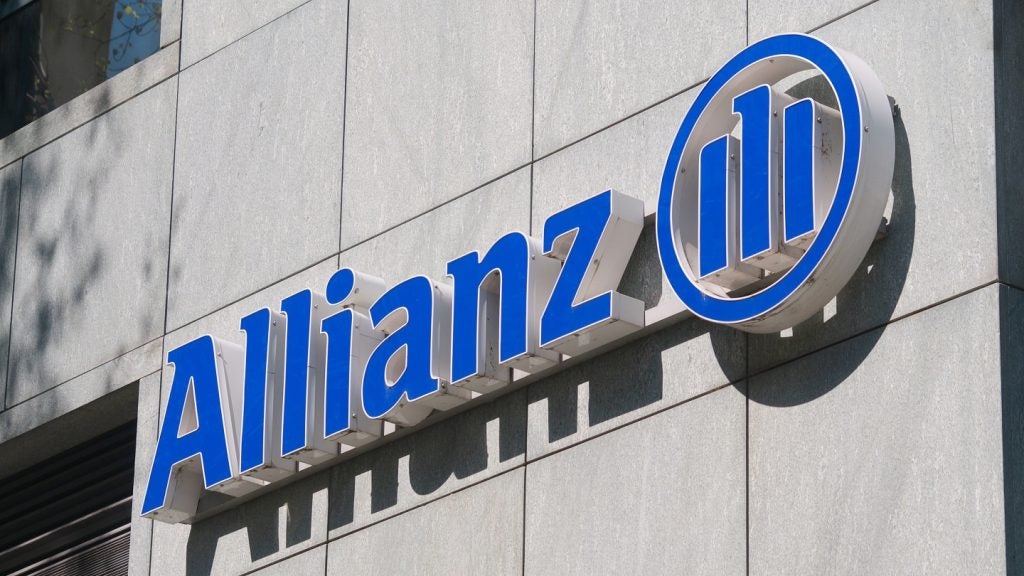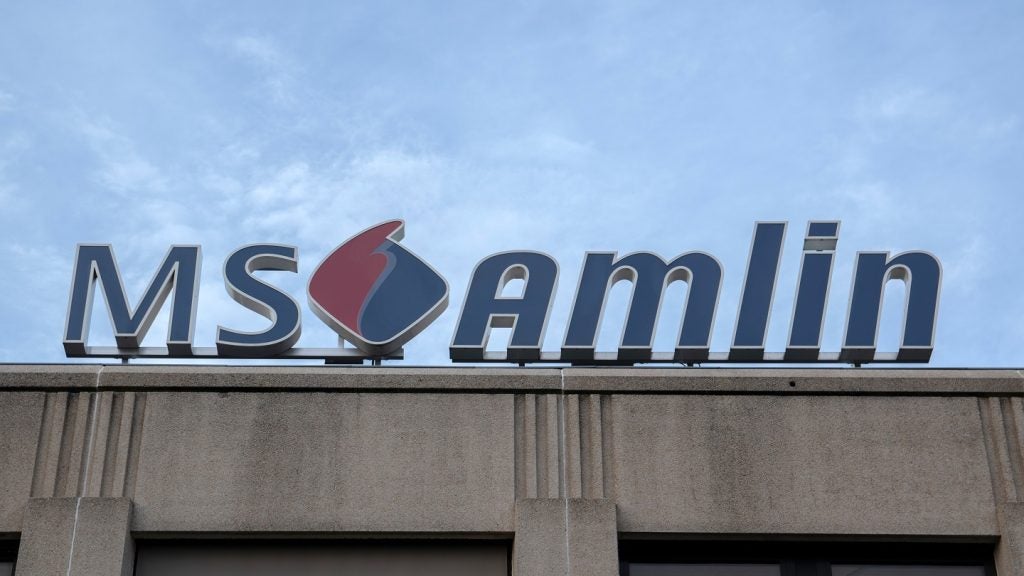
Paul Avis, marketing director at Canada Life Group Insurance, explains that aside from Death in Service Pension schemes (DISP), the UK group risk market is growing by premiums and employees, but not generally by new employers purchasing UK group risk benefits. In Avis’s opinion the industry faces a clear challenge in addressing this.
Every year the two most important surveys for group risk Insurers come out in April and June.
Swiss Re’s ‘Group Watch’ shows how the group risk market is doing, and ORC International’s syndicated group risk adviser research shows how the industry is performing across the whole customer journey and anticipated future trends.
The default, most tax-efficient approach is a ‘Registered’ group life scheme; this market grew by 8% of premiums in 2013 and by a further 8.8% in 2014
‘Excepted’ schemes, which are more specialist and focus on higher earners with complex tax positions, increased by even more.
Both Registered and Excepted scheme premiums are normally employer-paid. Registered group life falls within pension rules, while Excepted life cover is written through a non-pension life assurance policy where the tax rules limiting funds held in pension plans do not apply.
How well do you really know your competitors?
Access the most comprehensive Company Profiles on the market, powered by GlobalData. Save hours of research. Gain competitive edge.

Thank you!
Your download email will arrive shortly
Not ready to buy yet? Download a free sample
We are confident about the unique quality of our Company Profiles. However, we want you to make the most beneficial decision for your business, so we offer a free sample that you can download by submitting the below form
By GlobalDataIn 2014, both the Registered group life and group income protection (long-term disability insurance) markets grew by 40,000 employees each.
Critical illness cover
With critical illness (which grew by 92,000 employees) included, the group risk market covered 11,204,852 lives by the end of 2014.
Since 2010, the market has grown by 1.25 million lives and is now worth just under £2bn in premiums.
In 2014 an additional 1,226 group life schemes came into the market. 1,074 of these schemes were Excepted policies and so may be implemented in addition to Registered schemes. This is possibly due to organisations responding to reductions in Pensions ‘Lifetime Allowance’ thresholds rather than new employers buying group life.
However, not all segments are increasing. The Swiss Re 2015 survey of 2014 shows a 25% reduction in Death in Service Pension schemes (DISP) since 2010, leaving only 3,294 market schemes, implying this is a market in decline.
DISP schemes offer an on-going income to survivors and are usually in addition to a lump sum paid by a Registered or Excepted scheme.
People are living longer and, in an era of on-going low UK interest rates, these dynamics are driving costs up — and so short-term financial constraints may be undermining this benefit.
The same survey has shown that DISP total premiums have risen by over 30% since 2010, but total insured benefits have fallen by over 20%.
So when this is aligned with the reduction in scheme numbers, it is a worrying trend away from a valuable and valued benefit. For the first time there are more Excepted schemes than DISP.
Group income protection
Group income protection (GIP) continues to be a concern, with only 17,119 employers buying the benefit.
Much of the growth in premiums is due to altering risk factors, e.g. continuing low interest rates, ageing workforces, and increasing morbidity (with schemes tending to be for larger employers).
GIP premiums have grown to £634m from a low in 2010 of £517m; this expansion has also been driven by increasing employee numbers due to existing schemes expanding, in turn due to Automatic Enrolment (AE).
While in 2004 there were 1.6 million employees covered, in 2015 this number has increased to 2.078 million and so, bearing in mind that premiums have grown, the clear challenge is attracting new employers to this market.
The percentage of limited benefit payment plans, which pay for two, three, or five years rather than to age 65 or State Pension Age (SPA), is growing, but at a slower rate than expected. This may be due to a low volume of new cases coming to market, and to current schemes being reduced from SPA to limited periods.
We face the challenge about how to grow this market from today’s 17,119 schemes, which is down by 459 schemes since 2010. In effect, 98.7% of all organisations have no GIP benefit.
Conversely, group critical illness cover (GCIC), while starting from a low base, grows exponentially every year on the back of Flex and online platform dissemination.
The number of employees increased from 382,624 in 2013 to 474,727 in 2014, but there are only 2,840 employers with this benefit.
In summary, aside from DISP, the market is growing by premiums and employees, but not generally by new employers purchasing UK group risk benefits. And so the industry faces a clear challenge in addressing this.
The future:
On the face of it, things are looking good if the determinants of success are premiums and number of employees covered.
The challenge is to attract new-to-market clients to our industry; this area continues to disappoint and is one which we believe needs addressing.
With 96% of organisations not having death benefits, 98.7% not having income protection, and 99.8% not covering critical illness, we are facing a massively under-penetrated marketplace.
The group life assurance market already represents 64% of all group risk premiums; it is the product most aligned to the AE programme for all UK employees that started in 2012, and is due to conclude in 2017.
With 1.8m employers going through the AE process, the prospects for group life look good when simple data is used to proactively quote these benefits.
The ORC International Adviser Research (July 2015) shows that the majority of employee benefit consultants and advisers believe that AE represents an opportunity to expand their businesses, and so many are changing their administration processes to align new accountancy connections.
It is GLA alongside AE that provides the best prospect to grow the group risk market, but GIP and GCIC growth is stifled by the inability to routinely get occupations in order to quote.
The information that employers have to provide for AE pensions also can be used to quote GLA benefits.
Work by the Chartered Institute of Payroll Professionals’ ‘Interoperability Group’ to further harmonise data standards and collect occupations (alongside work postcodes for concentration of risk purposes) has started with one software supplier beginning to routinely request this.
Once the collection of occupations has become the standard, GIP and GCIC should be easier to quote. This should address the under-penetration in these marketplaces.
GIP premium reductions could have stimulated further growth as yields increase, and increasing interest rates reduce the reserves needed for claims.
However, these reductions will be countered by changes to the Employment and Support Allowance (ESA) and Work Related Activity Component (WRAC) planned for April 2017.
By aligning the latter with State Jobseekers Allowance, around 50% of all GIP schemes with a State deductible (e.g. 75% of salary minus state benefits) will need to increase to take account of an increase in benefits payable by the insurer rather than the state.
Initial, tangible evidence of a welfare withdrawal in this arena is also evidenced by discussion of concepts such as ‘Fortune Accounts’, which are also being aligned with more positive messages, including the ‘Fit For Work Service’ UK-wide roll-out and further consultations on retention of disabled people in employment.
As well as the ESA and WRAC change, legislation is leading to other increasing ‘unintended’ consequences for group risk.
The final end of contracting out, whilst limited, will have a cost for insurers; with GIP benefits being paid as income through PAYE, the means testing of State Housing Benefit under Universal Credit will lead to further complexity for claimants; pensions freedoms in relation to GIP benefits need clarity for claimants with focused adviser support, the Insurance Act (2016) may mean some reworking of internal processes and communications, etc.
In such an environment, the need for the UK group risk industry to align becomes essential, as we are all asked for ideas and information on each of our product areas, with welfare reform possibly being the most transformational and important.







